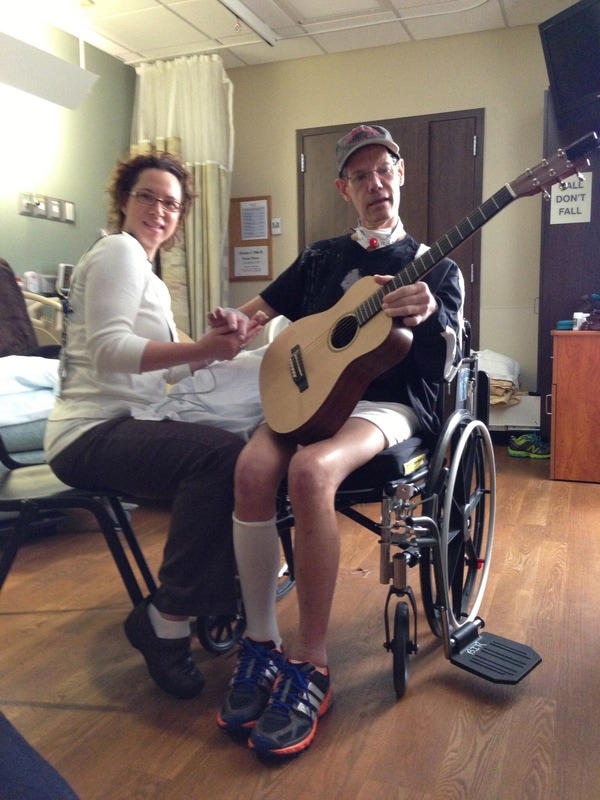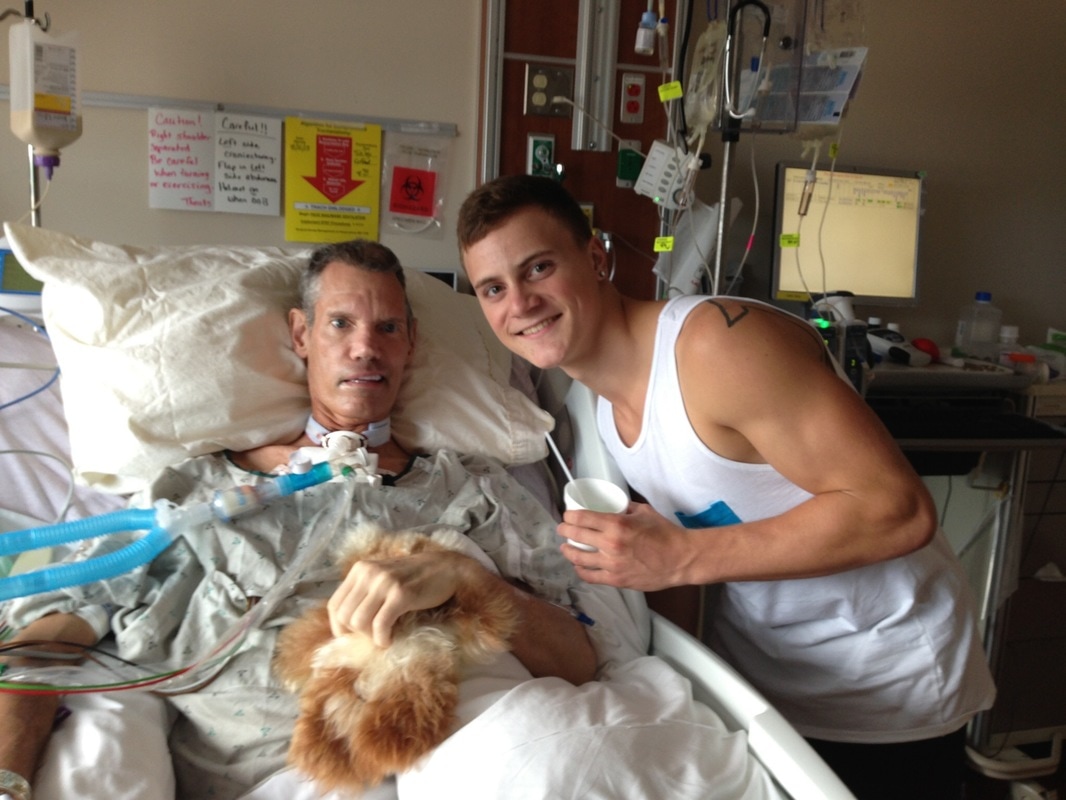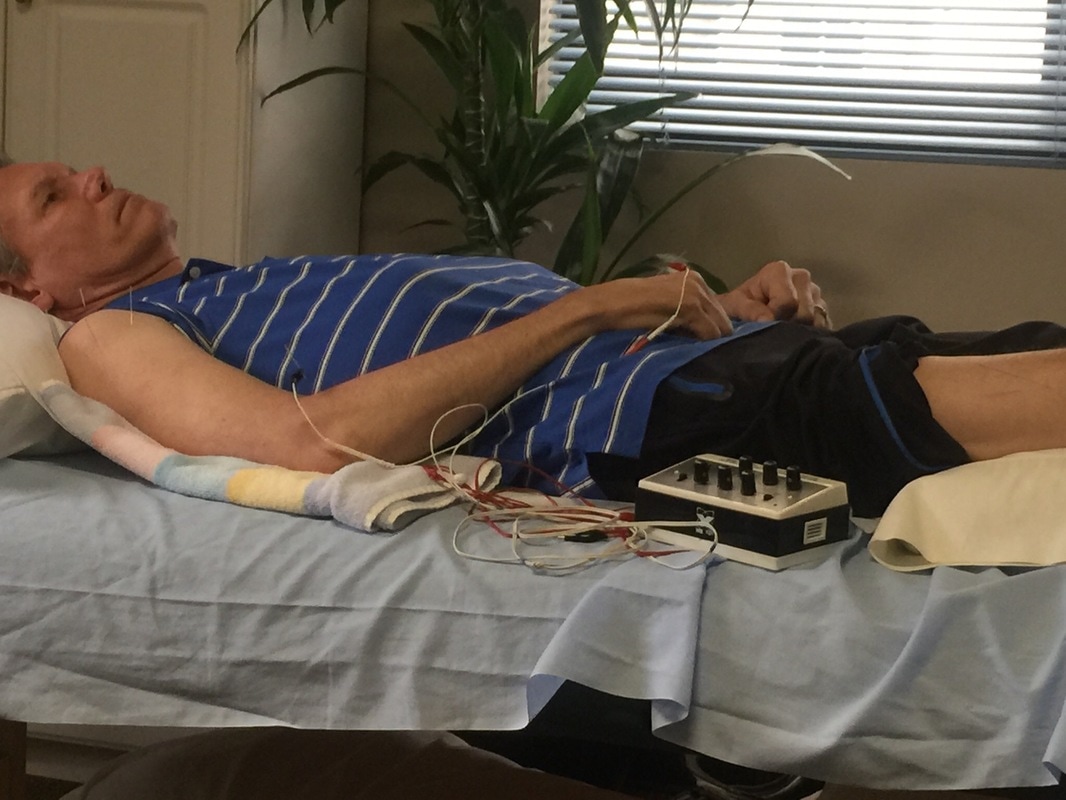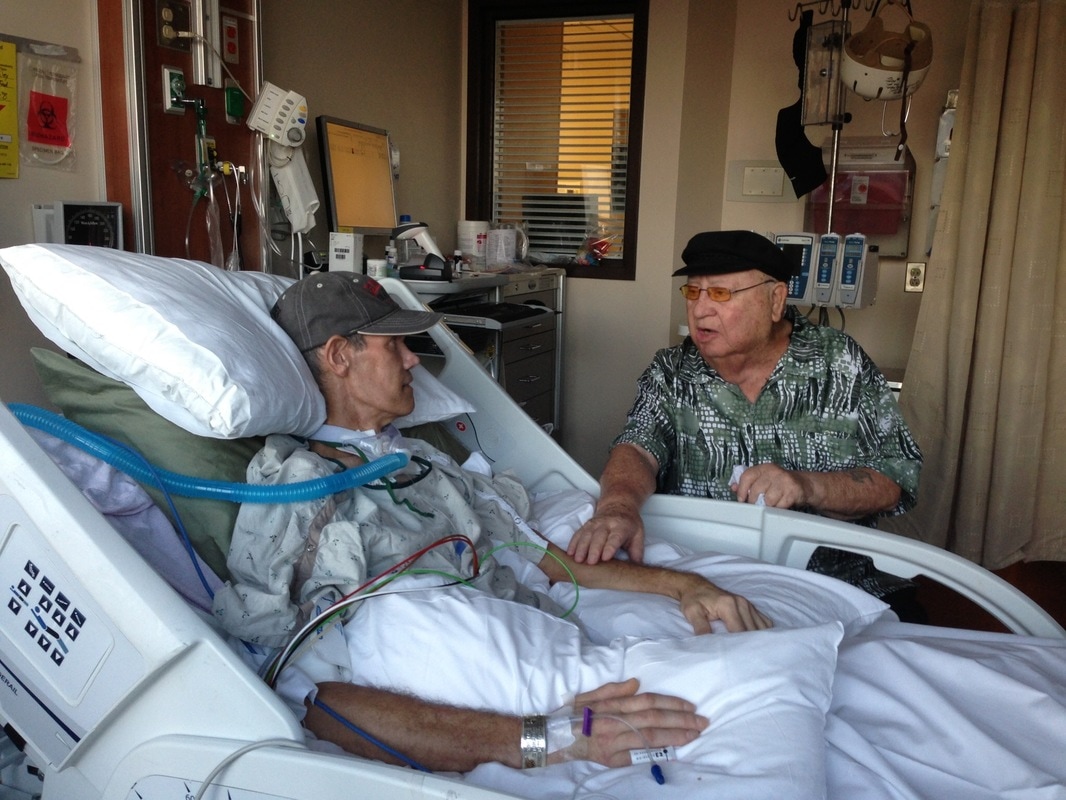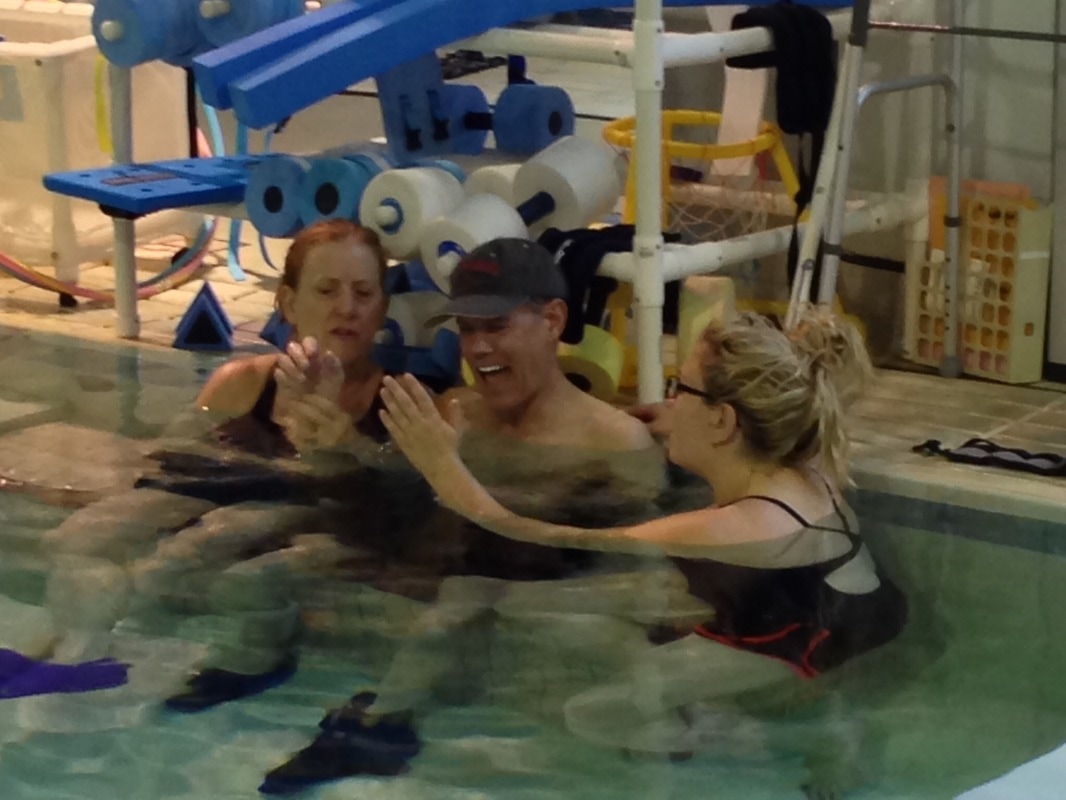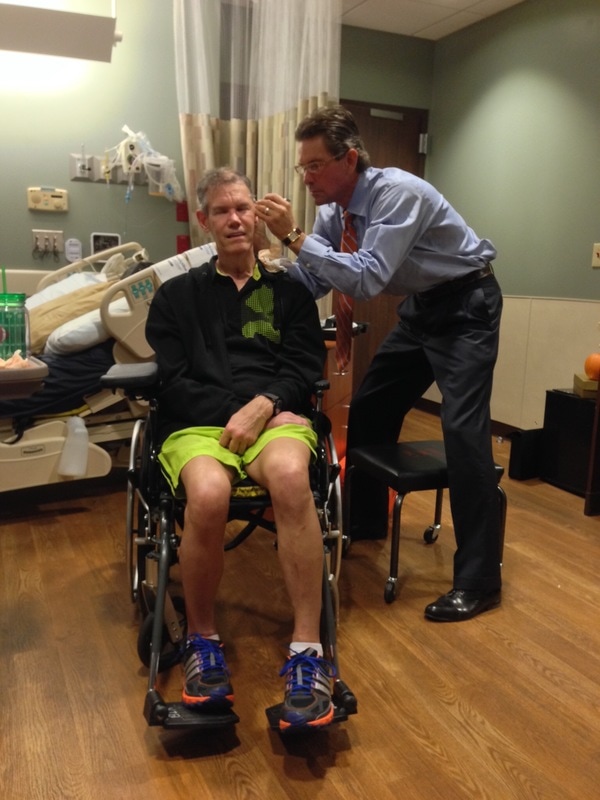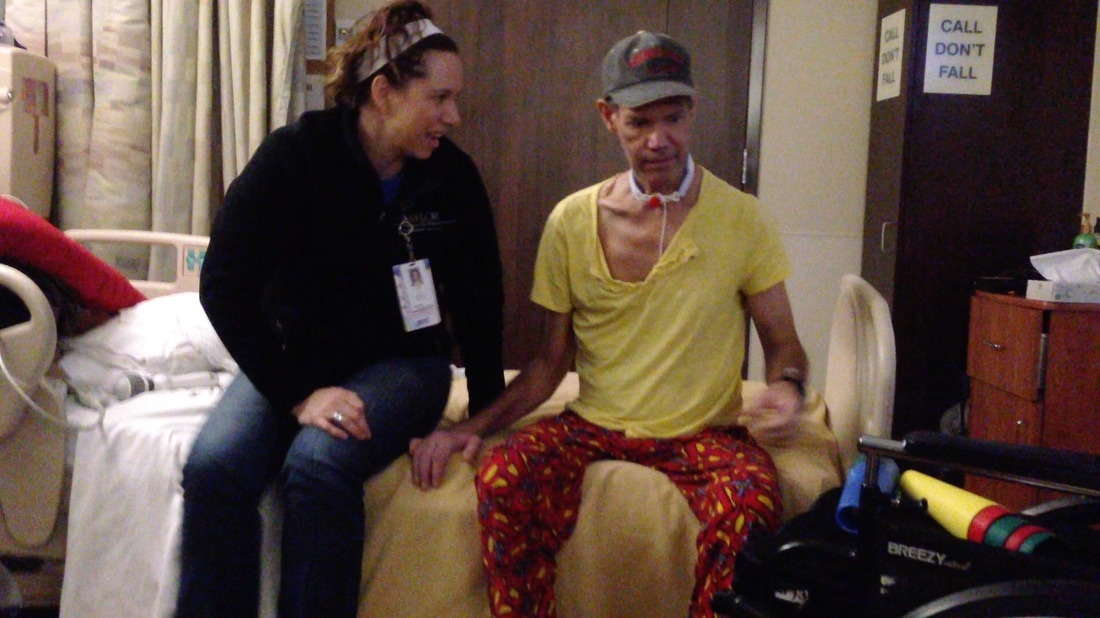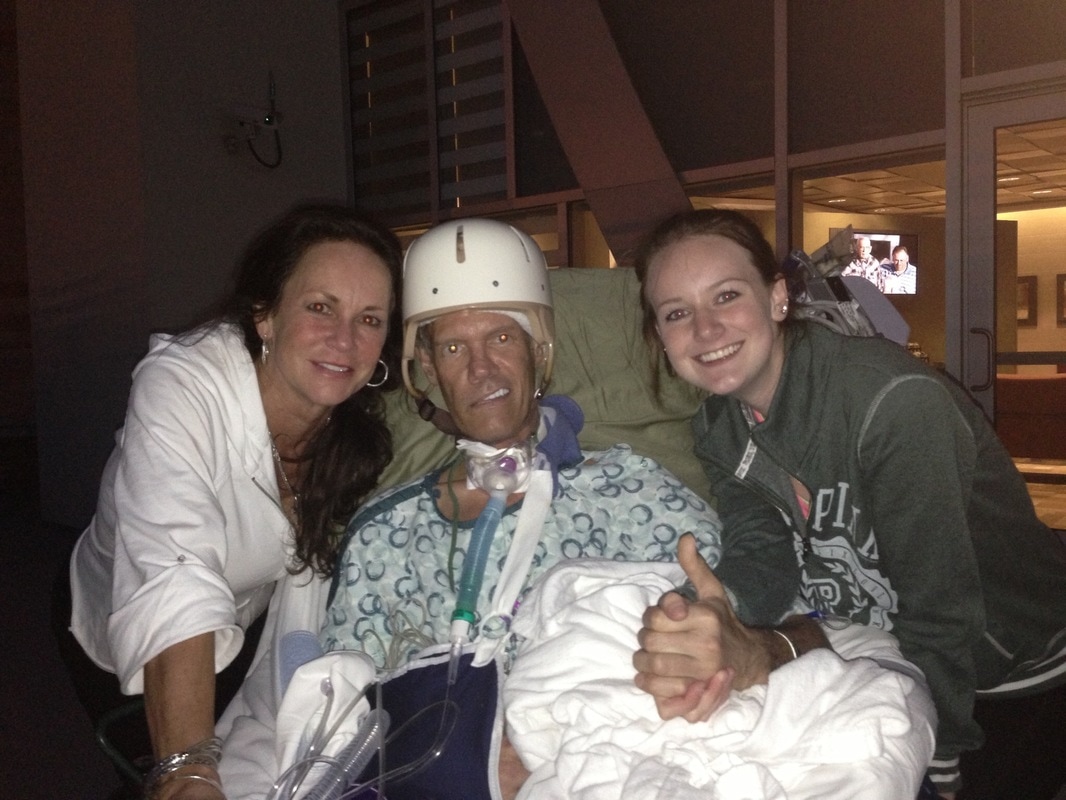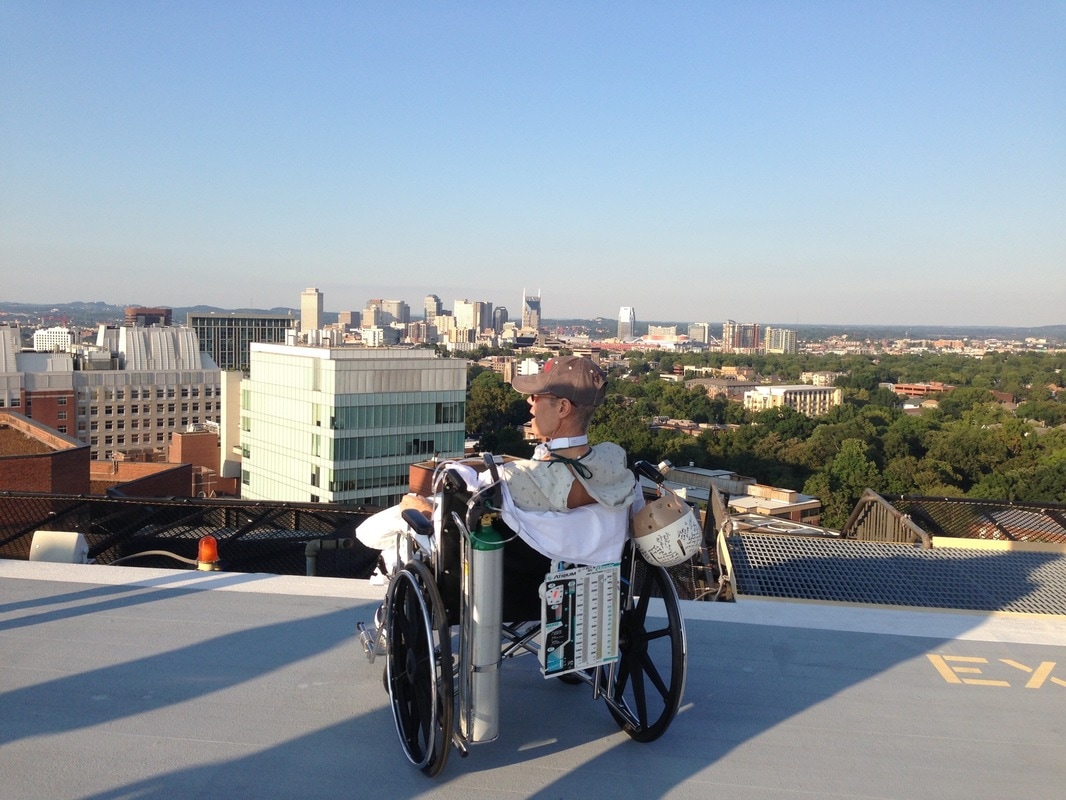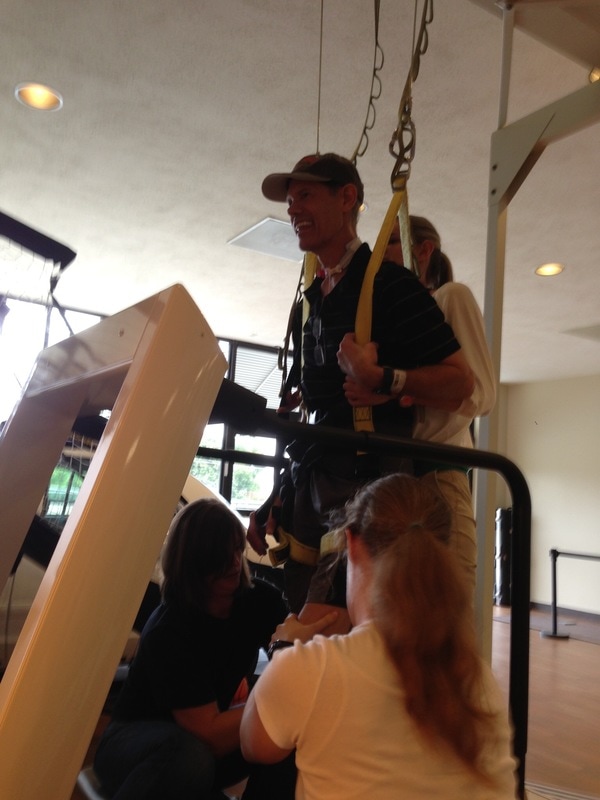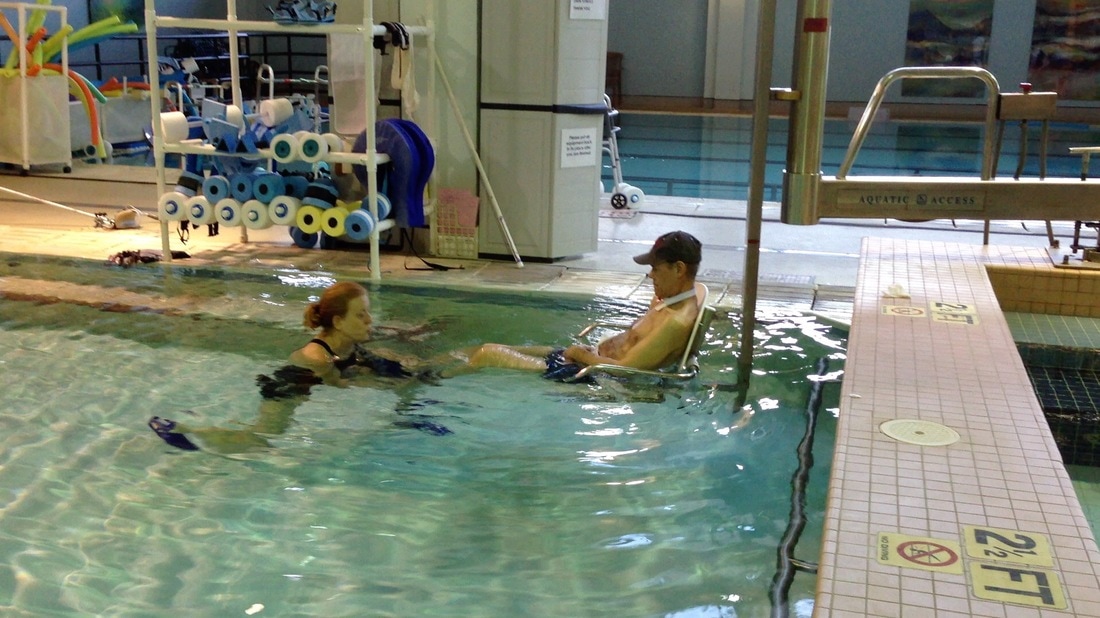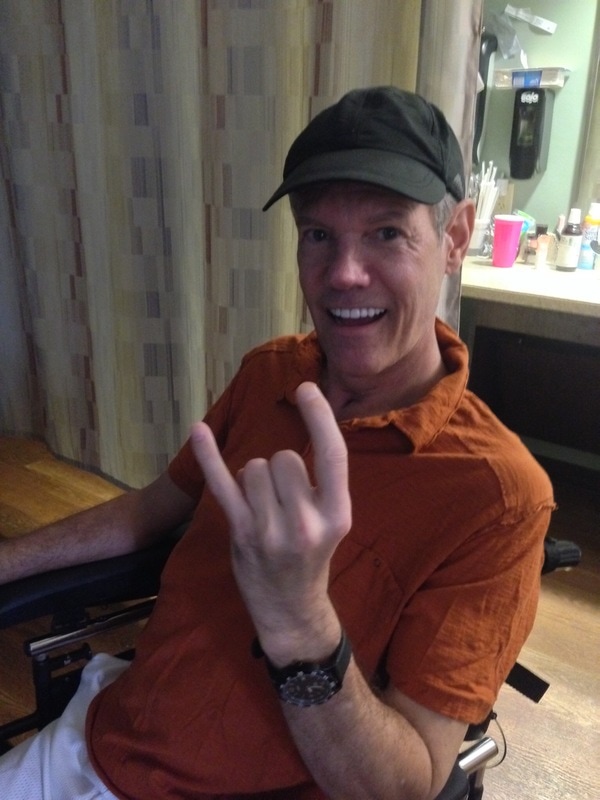Stroke Rehabilitation

Stroke Rehabilitation (stroke rehab) is an important part of recovery after any stroke. The goal of a stroke rehabilitation program is to help you relearn skills you lost when stroke affected part of your brain. Stroke rehabilitation can help you regain independence and improve your quality of life.
The severity of stroke complications and each person’s ability to recover lost abilities varies widely. Researchers have found that the central nervous system is adaptive and can recover some functions. They also have found that it’s necessary to keep practicing regained skills.
What’s involved in stroke rehabilitation?There are numerous approaches to stroke rehabilitation, some of which are still in the early stages of development. Behavioral performance in any area, such as sensory-motor and cognitive function, is most likely to improve when motor activity is willful, repetitive and task specific.
Stroke rehabilitation may include some or all of the following activities, depending on the part of the body or type of ability affected.
Physical activities:
- Strengthening motor skills involves using exercises to help improve your muscle strength and coordination, including therapy to help with swallowing.
- Mobility training may include learning to use walking aids, such as a walker or canes, or a plastic brace (orthosis) to stabilize and assist ankle strength to help support your body’s weight while you relearn how to walk.
- Constraint-induced therapy, also known as forced-use therapy, involves restricting use of an unaffected limb while you practice moving the affected limb to help improve its function.
- Range-of-motion therapy uses exercises and other treatments to help lessen muscle tension (spasticity) and regain range of motion. Sometimes medication can help as well.
Technology-assisted physical activities:
- Functional electrical stimulation involves using electricity to stimulate weakened muscles, causing them to contract. This may help with muscle re-education.
- Robotic technology uses robotic devices to assist impaired limbs with performing repetitive motions, helping them regain strength and function. A recent large study showed no clear advantage to using robotic technology to improve motor recovery after stroke.
- Wireless technology, such as a simple activity monitor, is being evaluated for its benefit in increasing post-stroke activity.
- Virtual reality, such as the use of video games, is an emerging, computer-based therapy that involves interacting with a simulated, real-time environment.
- Noninvasive brain stimulation. Techniques such as transcranial magnetic stimulation (TMS) have been used with some success to help improve a variety of motor skills.
Cognitive and emotional activities:
- Therapy for communication disorders can help you regain lost abilities in speaking, listening, writing and comprehension.
- Psychological evaluation and treatment may involve testing your cognitive skills and emotional adjustment, counseling with a mental health professional, or participating in support groups.
- Medications are sometimes used to treat depression in people who have had a stroke. Drugs that affect movement are also used.
Experimental therapies:
- Biological therapies, such as stem cells, are being investigated, but should only be used as part of a clinical trial.
- Alternative medicine treatments, such as massage, herbal therapy and acupuncture, are being evaluated.
When should stroke rehabilitation begin?
The sooner you begin stroke rehabilitation, the more likely you are to regain lost abilities and skills. However, your doctors’ first priority is to stabilize your medical condition and control life-threatening conditions. They also take measures to prevent another stroke and limit any stroke-related complications.
It’s common for stroke rehabilitation to start as soon 24 to 48 hours after your stroke, during your acute hospital stay. If your medical problems continue for longer, your doctors may wait to begin your rehabilitation.
How long does stroke rehabilitation last?
The duration of your stroke rehabilitation depends on the severity of your stroke and related complications. Although some stroke survivors recover quickly, most need some form of stroke rehabilitation long term, possibly months or years after their stroke.
Your stroke rehabilitation plan will change during your recovery as you relearn skills and your needs change. With ongoing practice, you can continue to make gains over time.
The length of each stroke rehabilitation therapy session varies depending on your recovery, severity of your symptoms and responsiveness to therapy.
Mayo Clinic Staff. “Stroke Rehabilitation: What to Expect as You Recover from Stroke.” Mayo Clinic. Mayo Foundation for Medical Education and Research, n.d. Web. 05 Feb. 2017.
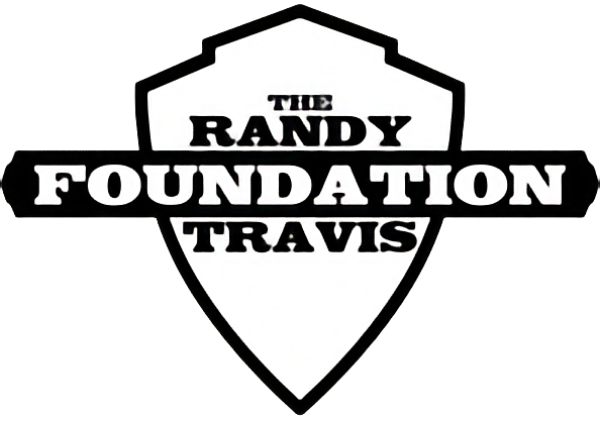
Follow Randy
Contact Us
Interested in learning more about the Randy Travis Foundation? Contact us for more information on being a part of this story…
The Randy Travis Foundation is a 501(c)(3) non-profit dedicated to raising awareness for viral cardiomyopathy and providing arts and music enrichment for children. The Randy Travis Foundation is part of the Leadership Development Council, Inc., a Texas non-profit.
